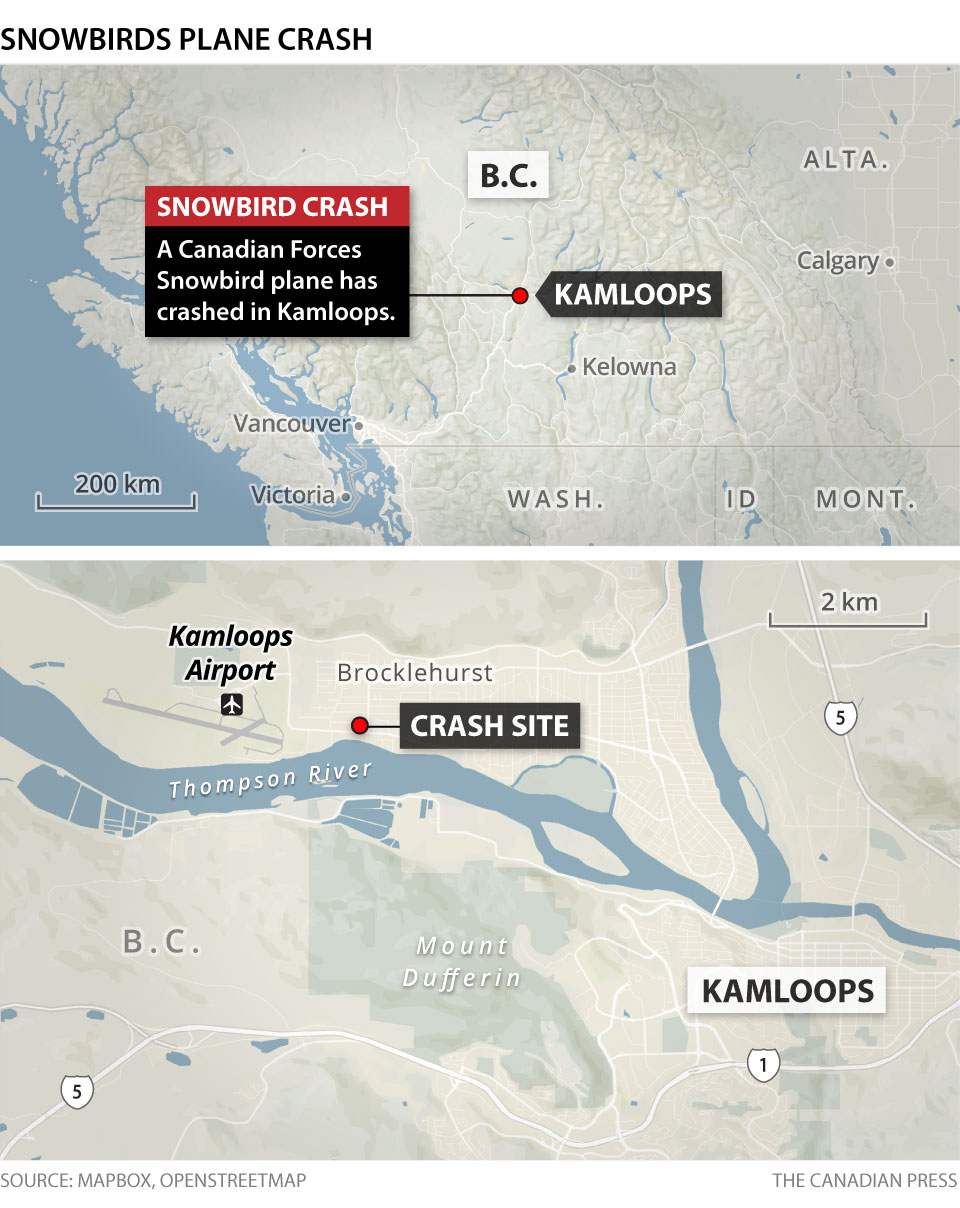Just a civilian pilot
Thread starter
- Joined
- Feb 22, 2021
- Messages
- 935
No problem, I do not mind.First of all - sorry everyone about the thread hijack......
I've never seen the Blue Angels on the ground. Saw them at the 1997 California International Airshow at Salinas Airport where they said the runways (at the time) were short of their 6000 ft requirements for a public airshow, so they flew out of Monterey Airport. They did have the announcer on site though. At San Francisco Fleet Week I think they would traditionally fly out of NAS Alameda until BRAC got it. I guess they fly out of SFO now, which seems crazy that they would use such a bus airport.
I've been to other airshows where I got to see the ground maneuvers. Including the USAF Thunderbirds having their G-suits placed on. And each crew member standing in what looked like an uncomfortable position with their hands crossed behind their backs.




